How Kids Get Drugs on Social Media
Ways kids are dying from fentanyl poisoning
OCT 06, 2022
How Kids Get Drugs on Social Media
Ways kids are dying from fentanyl poisoning
We think about drug deals as going down on a street corner. However, technology has changed the ease with which minors can purchase these illicit substances. Today, dealers target our kids through social media, right from the comfort of their homes.
With the click of a button, kids are able to order illegal drugs online, and a package will be delivered by a mail carrier right to their front door.
Drugs Are More Dangerous
Our nation is currently experiencing an overdose epidemic, and fentanyl is to blame.
It is not uncommon for drugs purchased online to be laced with this poison. A child may think they are ordering prescription opioids, when in reality, these counterfeit pills are a combination of lethal doses of fentanyl combined with other medications.
According to a study published in the Journal of the American Medical Association, the overdose mortality rate among U.S. adolescents 14 to 18 years old rose by 94% between 2019 and 2020.
In 2021, 77% of teen overdose deaths were caused by fentanyl.
Fentanyl is the single deadliest drug threat our nation has ever encountered.
—Anne Milgram [9]
As parents, we want to believe drugs will never be an issue for our kids. But drugs don’t discriminate—anyone is a target.
Discover how drug dealers are now able to reach our children and how parents can help prevent it.

How are kids getting drugs?
Drug dealers have found subtle ways to sell drugs using drug emojis through social media apps such as Snapchat, Instagram, and TikTok.
Using search
On apps, prospective buyers can easily search for dealers using codewords and emojis. This allows drug dealers to bypass detection despite social media algorithms.
(Source: CDC)
After kids find and interact with dealer accounts, social media algorithms start showing more of the same content.
Through ads
Typically, drug traffickers advertise using posts and stories (which disappear after 24 hours).
Accounts are shut down if dealers get caught, but new ones can be created immediately.
Prospective buyers then respond to ads by commenting or direct messaging. To arrange the drug deal, the conversation moves to an encrypted communication platforms, like WhatsApp.
After the deal is made, buyers send payment through apps such as Venmo, Paypal, or using cryptocurrencies.
In 2020, unintentional death was the leading cause of death for young people ages 15-24. 44% of these deaths were attributed to drug poisoning. [3]
Local dealers may schedule a meeting place, but it’s more common for the drugs to be mailed.
Insufficient resources and time prevent all domestic packages from being screened. Since a warrant is required before a postal worker can open a package, drugs get through pretty easily.
(Source: Drug Enforcement Administration) [2]
What Can Parents Do?
Despite these covert drug-selling and distribution methods, parents can prevent or even stop drug transactions from harming kids using awareness and targeted action.

What is Fentanyl? What parents need to know
Fentanyl is an opioid 100 times more potent than morphine, and 50 times stronger than heroin (a lethal 2mg dose fits on the tip of a pencil.) [1]
Often reserved for cancer patients as a painkiller, [7] doctors are cautious to prescribe fentanyl because of its potency and addictiveness.
Used as a filler
Although kids are taking counterfeit pills containing only fentanyl, they are also consuming it unknowingly.
Drug cartels produce and add fentanyl as an inexpensive filler to other illicit drugs such as cocaine, heroin, and methamphetamine, thereby increasing the potency.
Cocaine takes a lot of time and resources to produce, and cartels can save money by cutting it with Fentanyl. [8]
42% of confiscated pills tested in a lab were found to be laced with fentanyl, and contained at least 2 mg of fentanyl, which is considered a potentially lethal dose.
—Drug Enforcement Administration
Because fentanyl is made in a lab, it’s relatively cheap and quick to produce, compared to other drugs.

How Can Parents Help?
Just as we try to get to know our kids’ real-life friends, we must also know their digital friends while keeping an eye out for potential red flags.
Talk to your kids often about drugs and the dangers that can come from experimenting with it, as well as good boundaries online.
Follow your child’s social media accounts
As a family, let your children know that you will regularly check in on their texts and social accounts. This is not to police, but rather to protect.
Check for hidden accounts
It’s possible your child may have hidden social media accounts. Find out what you can do if you discover these accounts.
Have conversations
Talk to your kids often about drugs and the dangers that can come from experimenting with it.
In 2020, 30% of high school sophomores admitted to illicit drug use in the past year. [5]
Check in with them and their friends. Having open conversations will bring you closer to your child and they will feel more comfortable coming to you with questions and problems.
Manage deliveries
Since drugs are so easily transported through mail, parents can help prevent their children from using illicit drugs by keeping track of packages coming to the house, and having adults open all packages when they come in.
These illegal substances can be left on your doorstep by a drug dealer, but more often they come via UPS, USPS, and FedEx.
Understand the Dark Web: What is TOR?
Parents can learn to recognize hidden apps on our kids’ phones used to locate drugs or engage in illegal activities.
Overdose death rate for teens almost doubled in 2020, then rose an additional 20% in 2021. Many of those deaths stemmed from Fentanyl.
—JAMA Network
Young people who are entangled in drug use commonly use an app called “Tor” (The Onion Router). Tor allows for anonymous web browsing and access to the dark web.
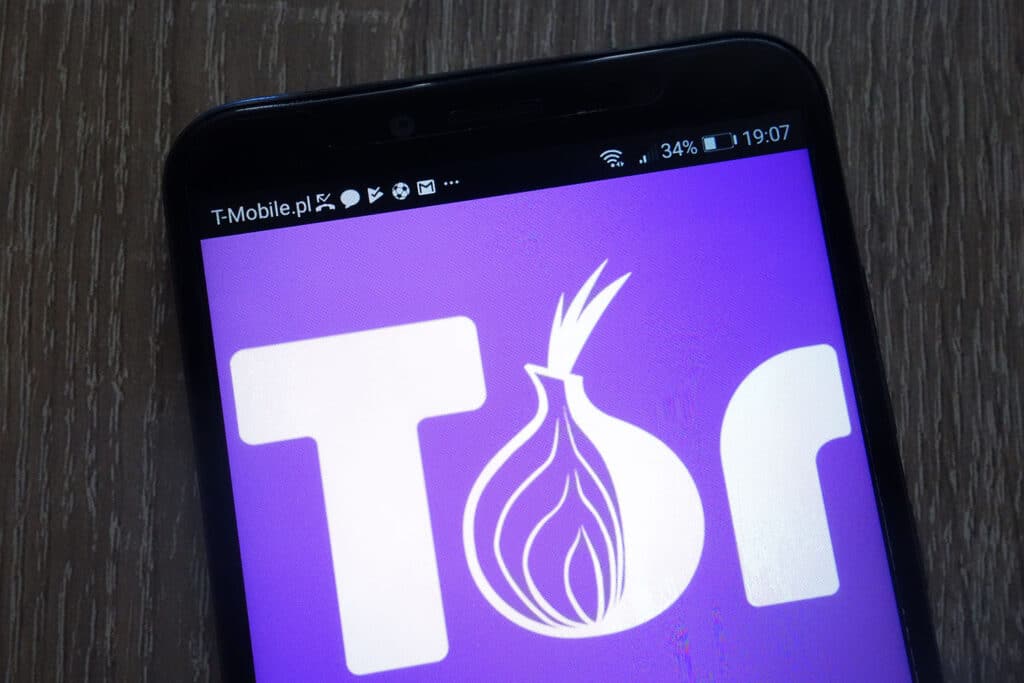
The drug trade is always finding ways to dodge the law, but we can combat them by educating ourselves and our children.
Notice suspicious emoji messages
Since emoji meanings are fluid, finding suspicious ones within text messages does not necessarily mean your child is using drugs.
But if the emojis are accompanied by changes in behavior, trouble with school or the law, a shift in friend group, acting withdrawn, adjustments to eating and sleeping habits, or carelessness with grooming, intervention is called for.
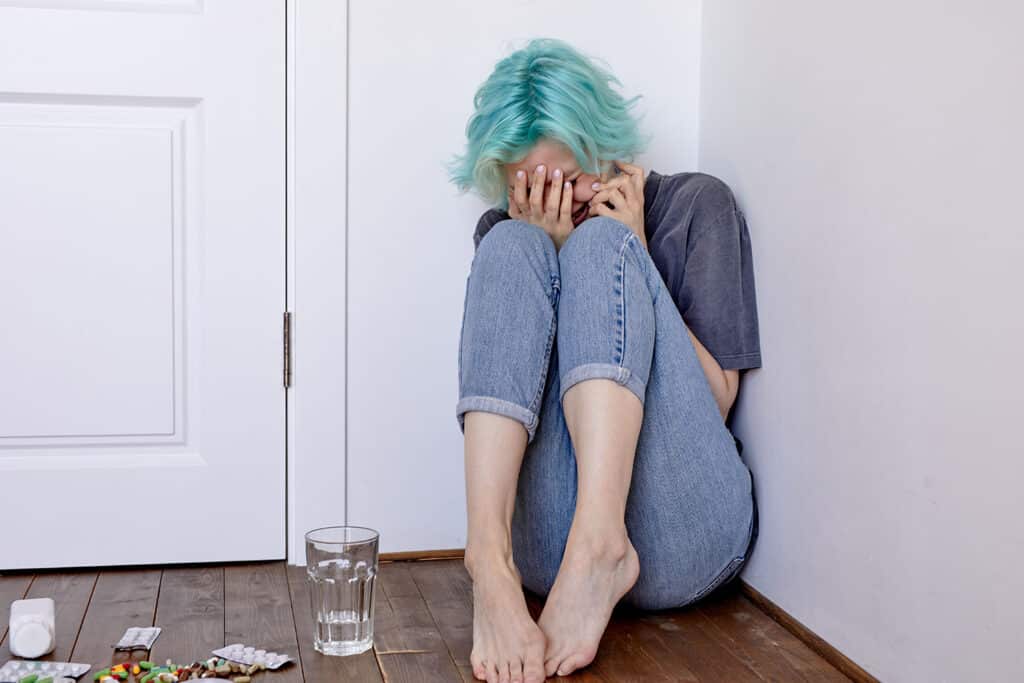
Know that help is available
The Substance Abuse and Mental Health Services Administration has a free, confidential, 24/7 helpline.
You can find referrals for treatment and support for families coping with the addiction of a loved one. To speak with someone directly, call 1-800-662-HELP.

There is hope
By being observant and communicating with our children, we can help steer them away from drugs. But even observance and great communication, while deterrents, are not 100% protective. Even so, it is never too late to intervene.
Talk to kids often about illegal substances and your own personal feelings about drug use. Don’t forget to talk about drugs that may already be in your home, such as prescription and over-the-counter drugs.
You may be in a situation where your child has either tried drugs or developed a dependency. There are no easy solutions. The road to recovery is arduous, but knowing that you are in the company of countless loving parents who are experiencing your same grief can help.
Drug addiction is a family affair. If you have a loved one suffering from an addiction, you can help them seek treatment.
Be open to the possibility that they will refuse help. It can be discouraging and heartbreaking, but remember that it’s ultimately their choice.
All we can do is be there to love them and help when they need it. Take care of your own mental health and seek support from organizations such as Nar-Anon Family Groups.

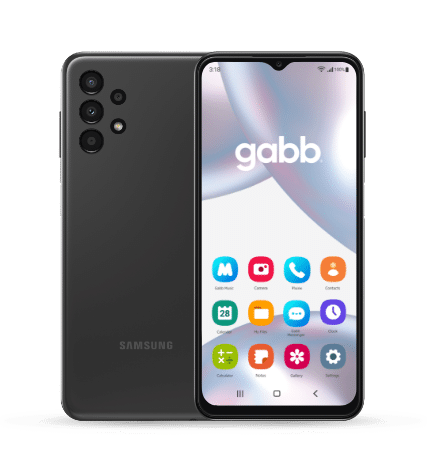
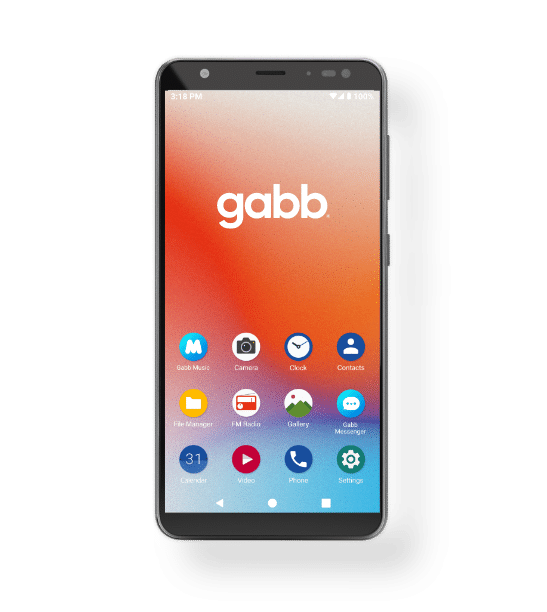
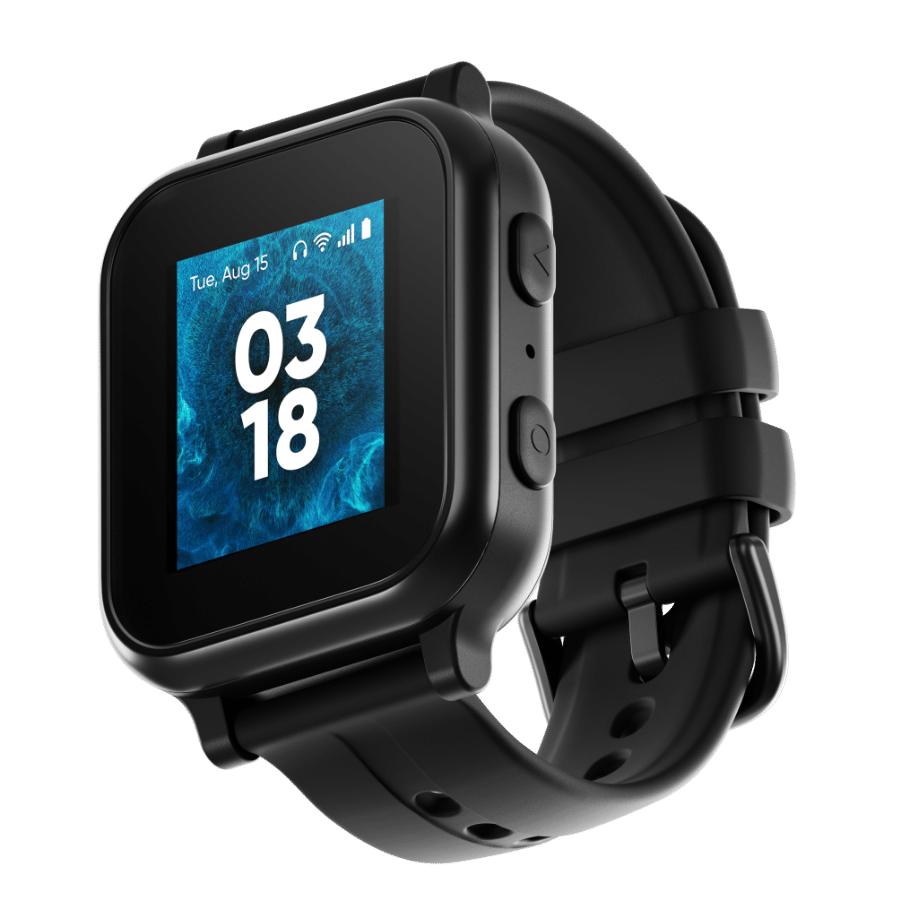
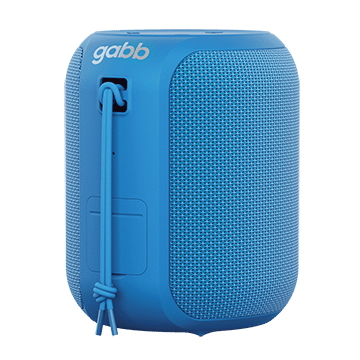






![Unintentional Deaths of 2020 [3]](png/drug-trafficker-emoji-1.png)
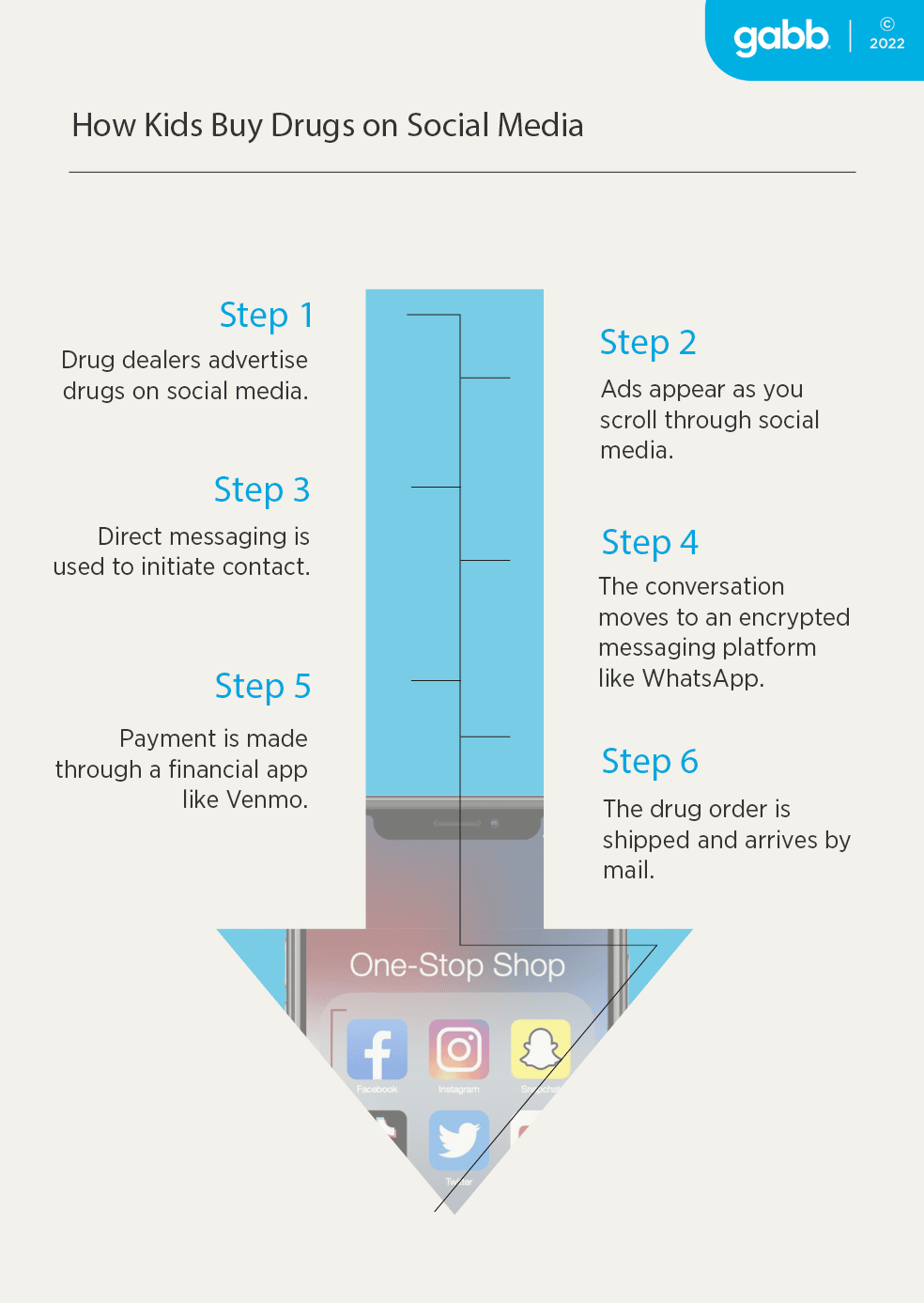
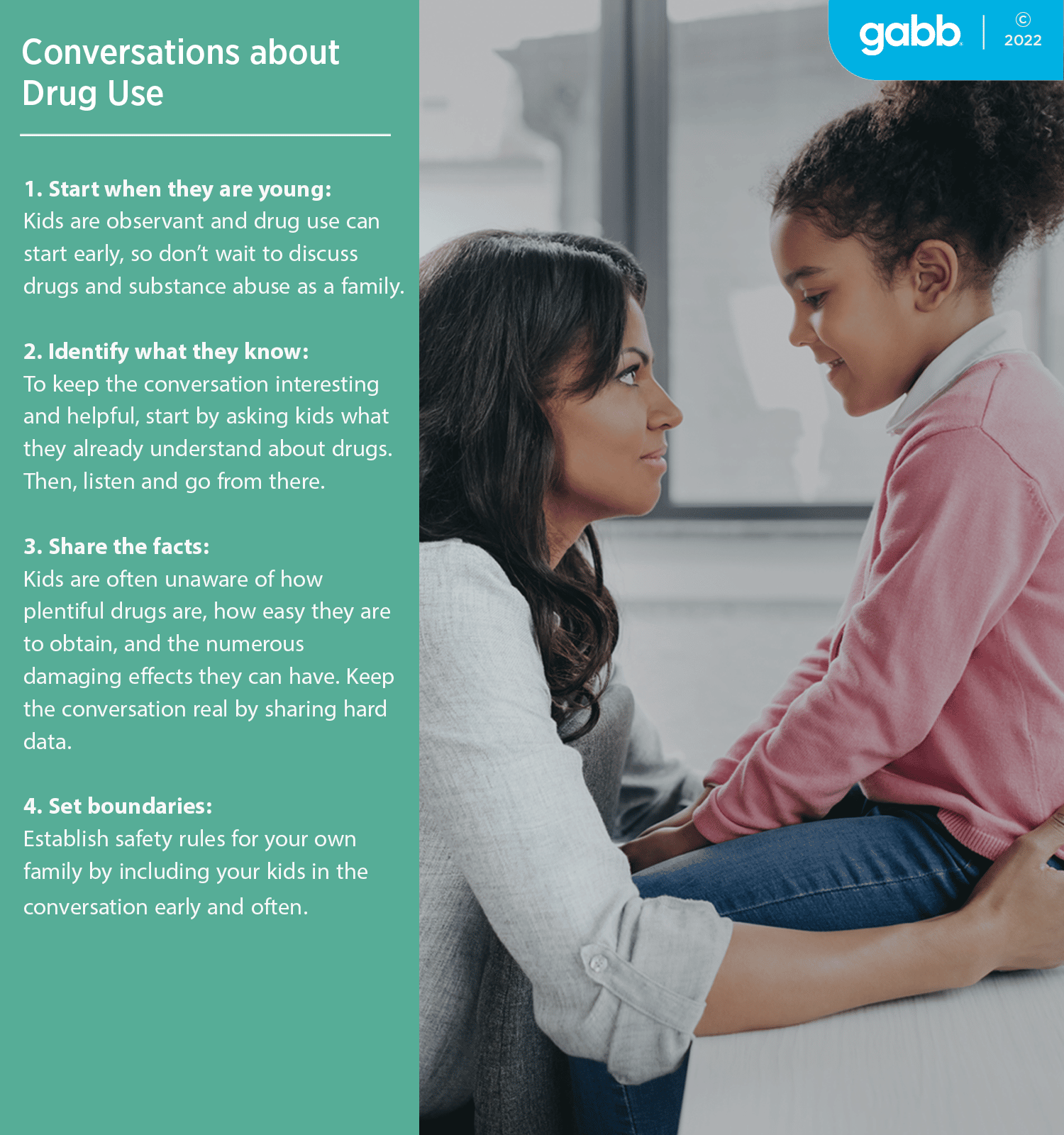
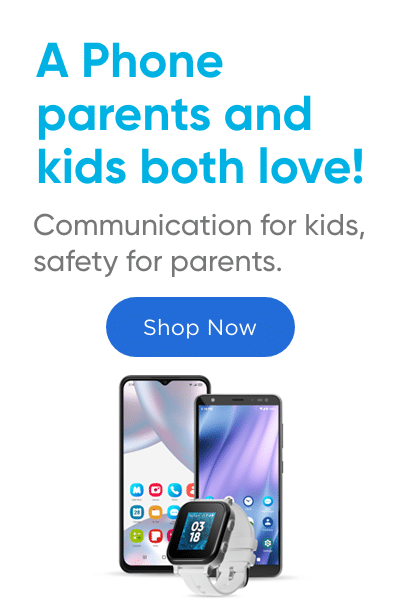
Success!
Your comment has been submitted for review! We will notify you when it has been approved and posted!
Thank you!